Researchers have detected a mysterious object at the center of the Milky Way that defies classification within known astronomical categories.
This object emits microwaves, indicating the presence of dust and fast-moving gas traveling at approximately 112,000 miles per hour from a very small region at the galaxy’s heart.
The Challenge of Identification
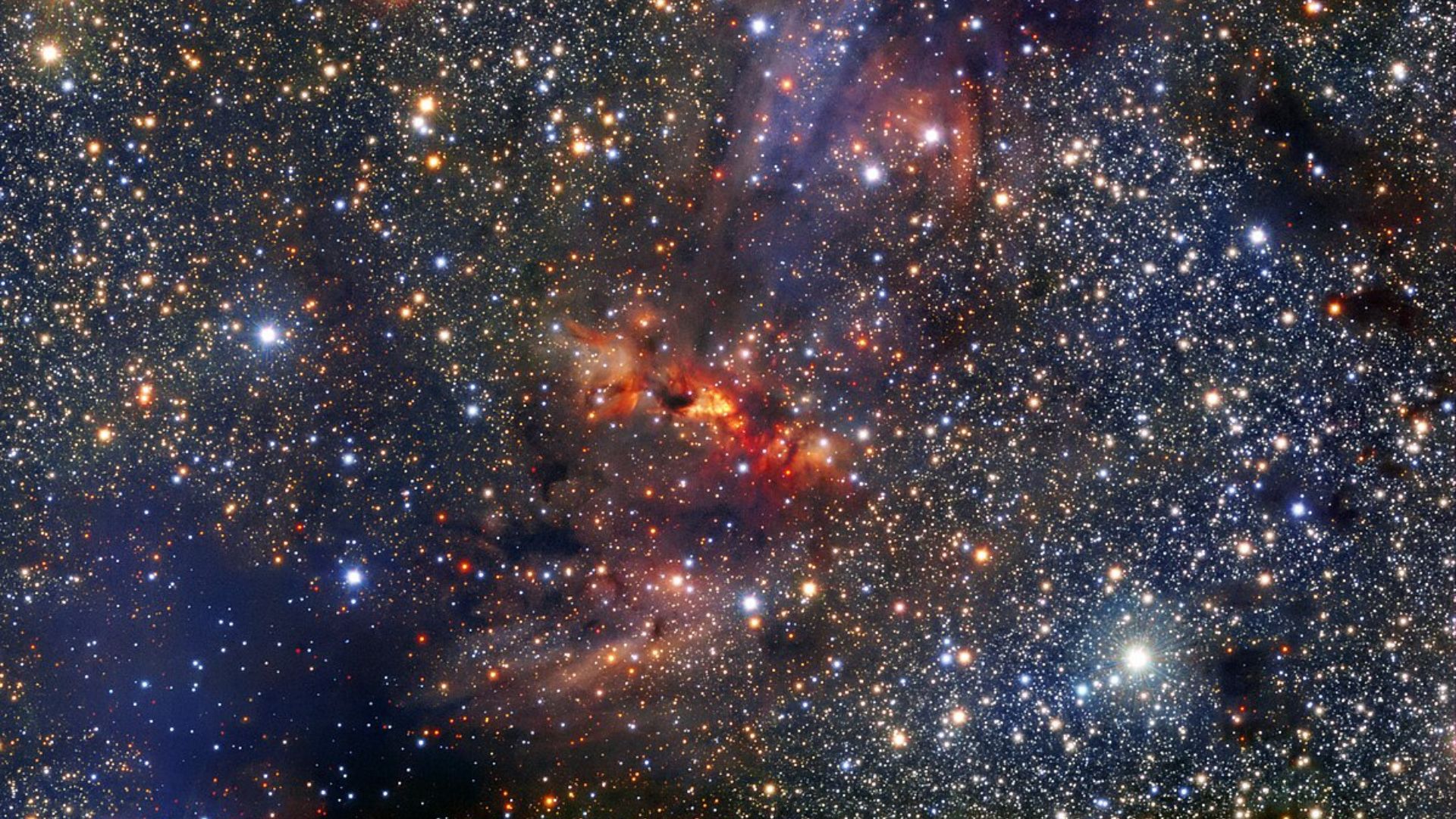
Scientists are puzzled as this object does not resemble any known astronomical bodies. A variety of hypotheses have been considered, ranging from a black hole to a collapsing cloud and an evolved star.
However, the object’s unique characteristics do not align well with any existing models.
The Significance of the Galactic Center

The heart of our galaxy is a dynamic region rich in astronomical phenomena.
“The center of our Galaxy contains billions of stars, tens of millions of solar masses of gas, a supermassive black hole, a tenth of our Galaxy’s ongoing star formation, and an extensive graveyard of stellar remnants,” according to the researchers’ publication in the Astrophysical Journal Letters.
Introducing Object G0.02467-0.0727

Discovered using the Atacama Large Millimeter/submillimeter Array (ALMA) in Chile, the object has been labeled G0.02467–0.0727.
Its discovery is significant as it might represent a new class of objects within our galaxy, challenging our understanding of galactic phenomena.
Evaluating Possible Explanations
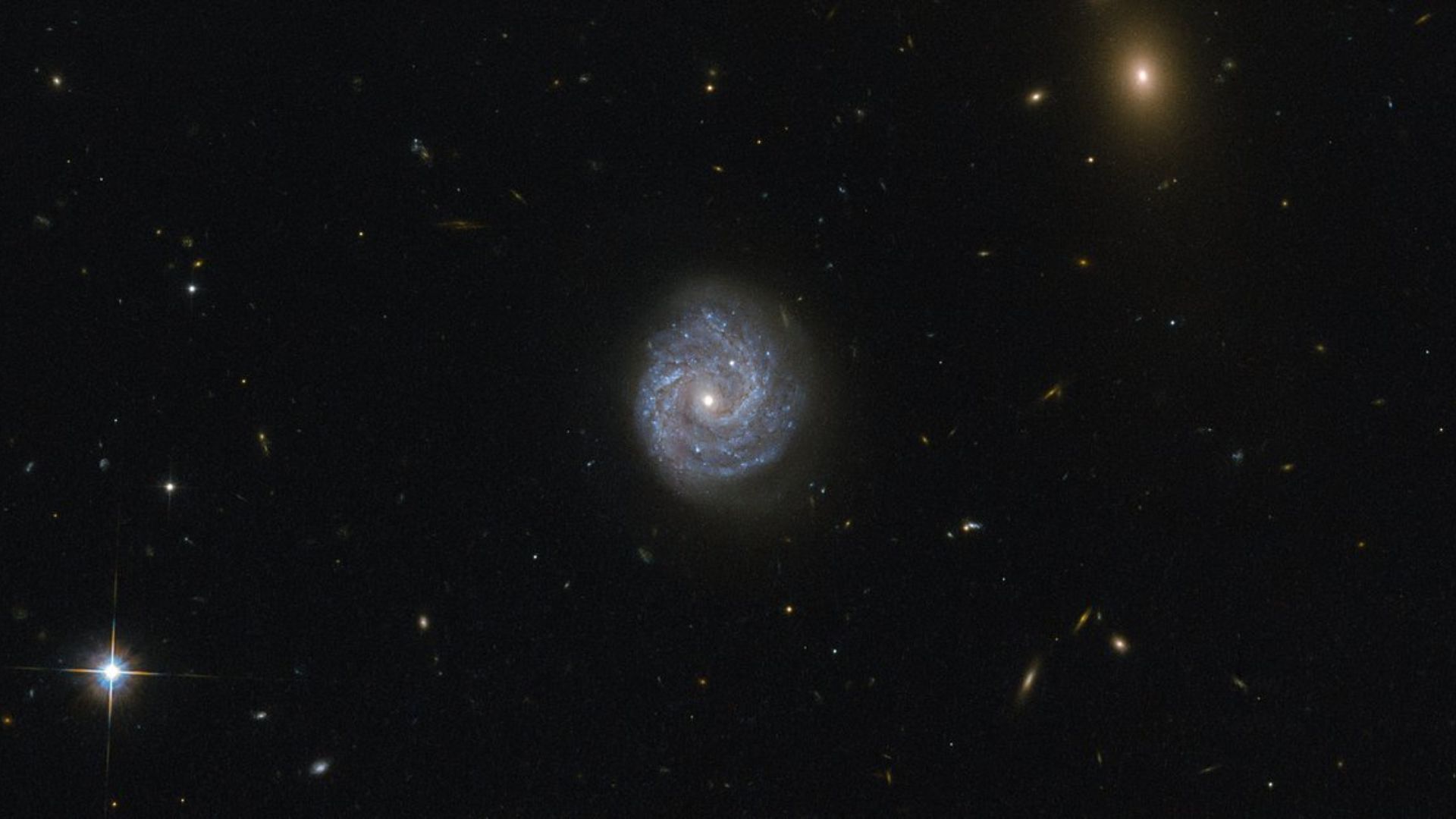
The research team has evaluated several theoretical models to explain the properties of this Millimeter Ultra-Broad Line Object (MUBLO).
“We consider several explanations… including protostellar outflow, explosive outflow, collapsing cloud, evolved star, stellar merger, high-velocity compact cloud, intermediate mass black hole, and background galaxy,” they explained, yet many of these models do not fully align with the observed data.
The Study’s Context and Methodology

The observations were made while studying the central molecular zone (CMZ) of our galaxy, a region approximately 700 light-years across, containing nearly 80 percent of the dense gas in the galaxy and active star-forming areas.
The CMZ’s complexity makes it a prime area for discovering unusual cosmic phenomena.
Detailed Observations of the Mysterious Object
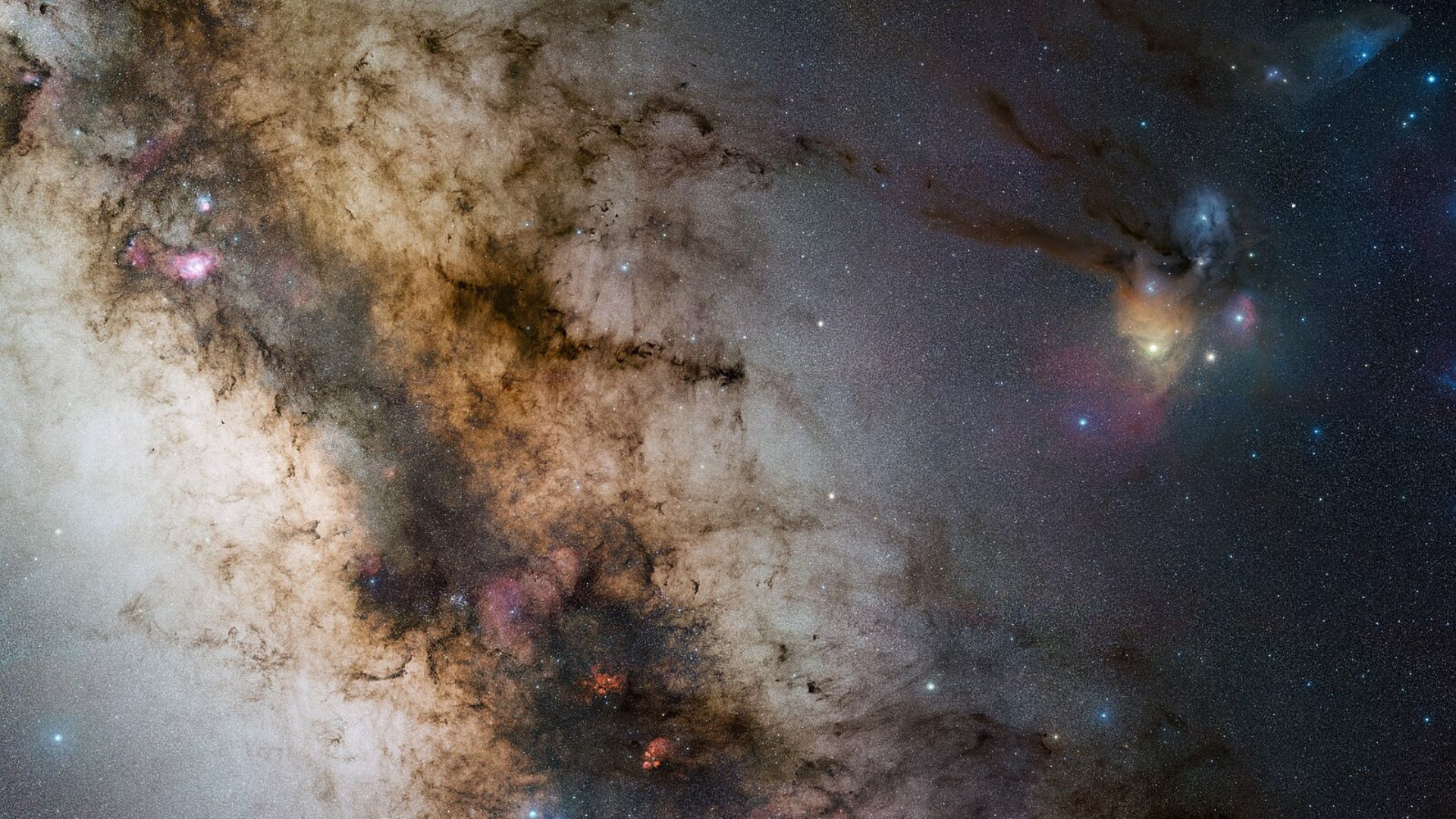
Astronomers noted that the object emitted continuous radiation and showed specific signals from molecules such as carbon monosulfide and sulfur monoxide.
These findings suggest complex chemical compositions and physical conditions different from typical galactic environments.
Unusually Low Temperatures Detected
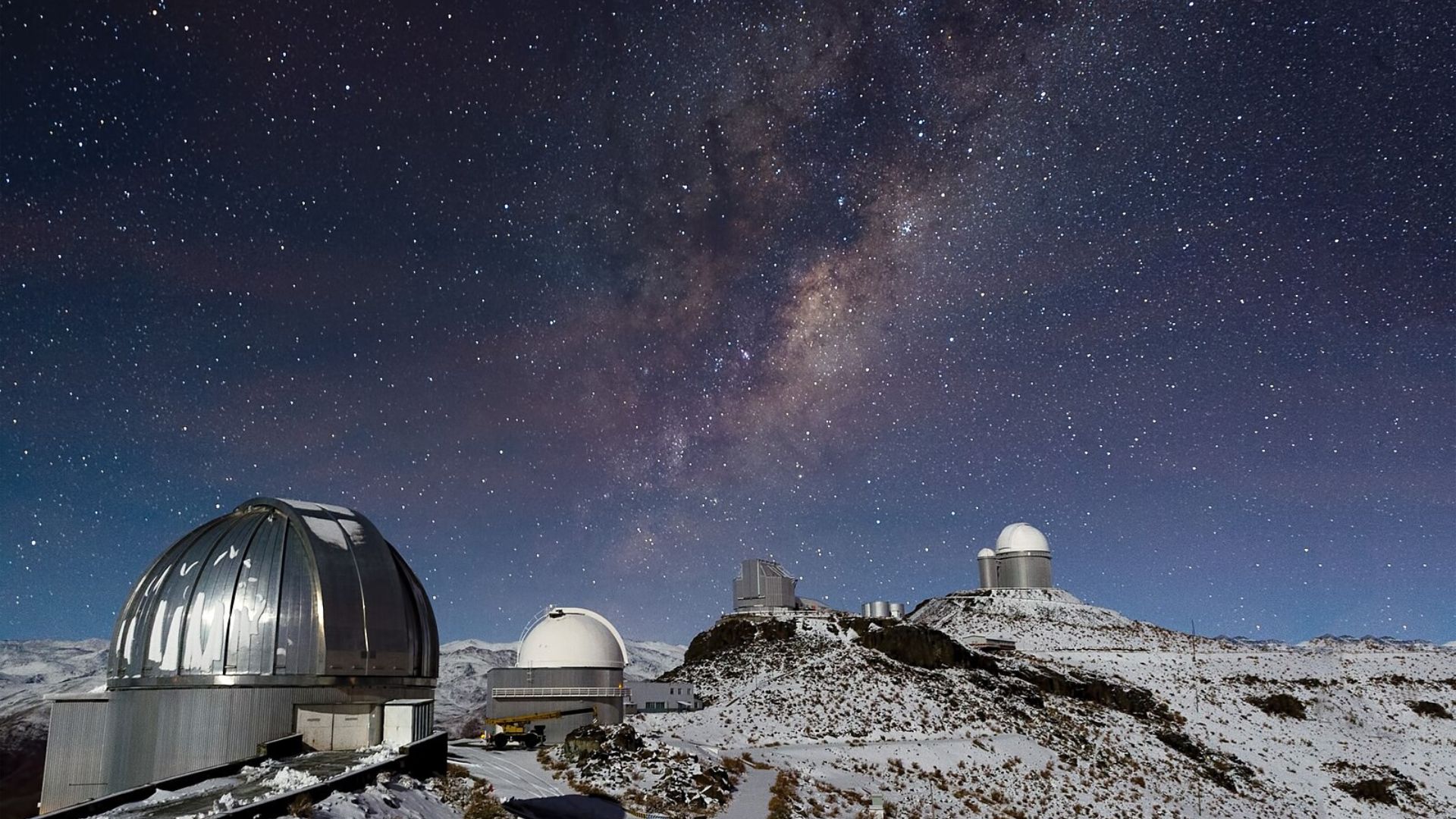
The object exhibits a temperature around -436 degrees Fahrenheit, much colder than typical for its galactic location.
This extreme cold, combined with its unusual molecular signals, adds to the mystery of its nature and origin.
Gas Movement Patterns Suggest New Theories

The gas surrounding the object does not move in a simple ring but appears to be flowing outward, possibly from an exploding star.
This movement pattern is atypical and not associated with the usual chemical signatures expected from such stellar events.
Leading Theories: Black Hole or Stellar Merger?
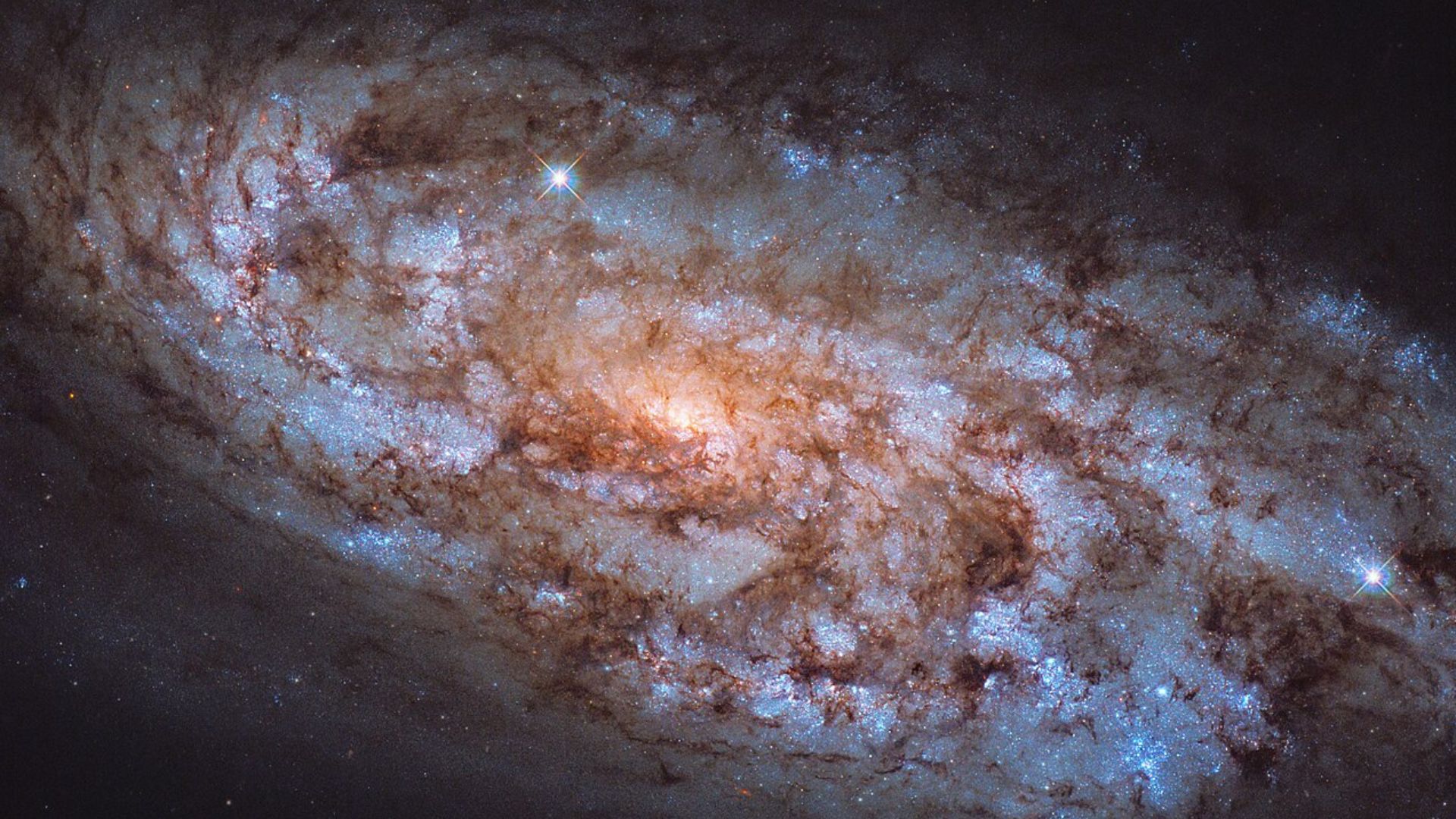
Among the plausible explanations are that this could be an intermediate-mass black hole or a pair of merging stars obscured by dust.
However, “The object does not fit either definition,” indicating that these theories might still not fully capture the essence of this discovery.
A Unique Astronomical Entity
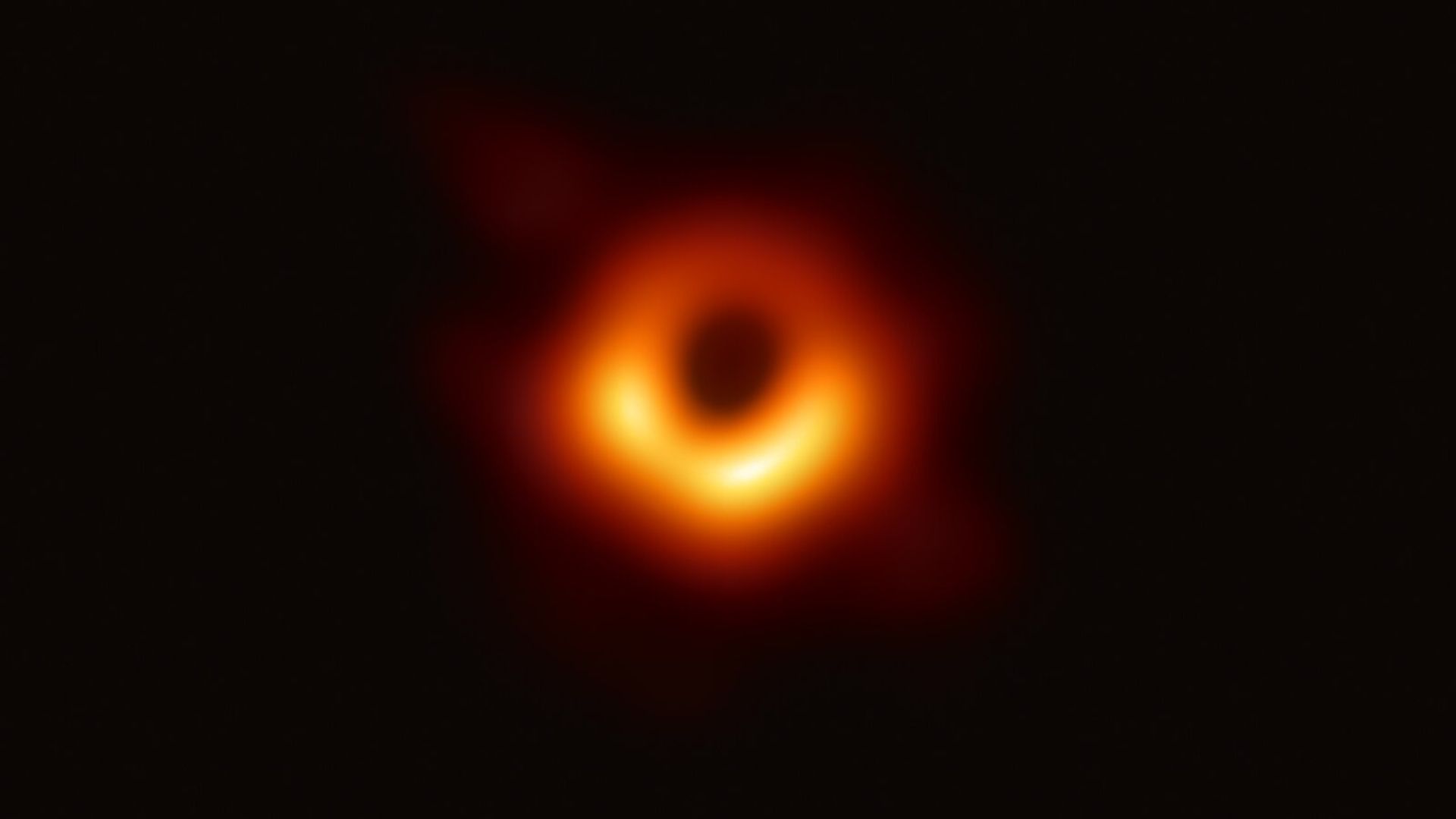
The object’s unique characteristics make it a singular observational entity in our galaxy.
“The MUBLO is, at present, an observationally unique object,” the study states, emphasizing its unparalleled nature in astronomical research.
Continuing the Quest for Answers
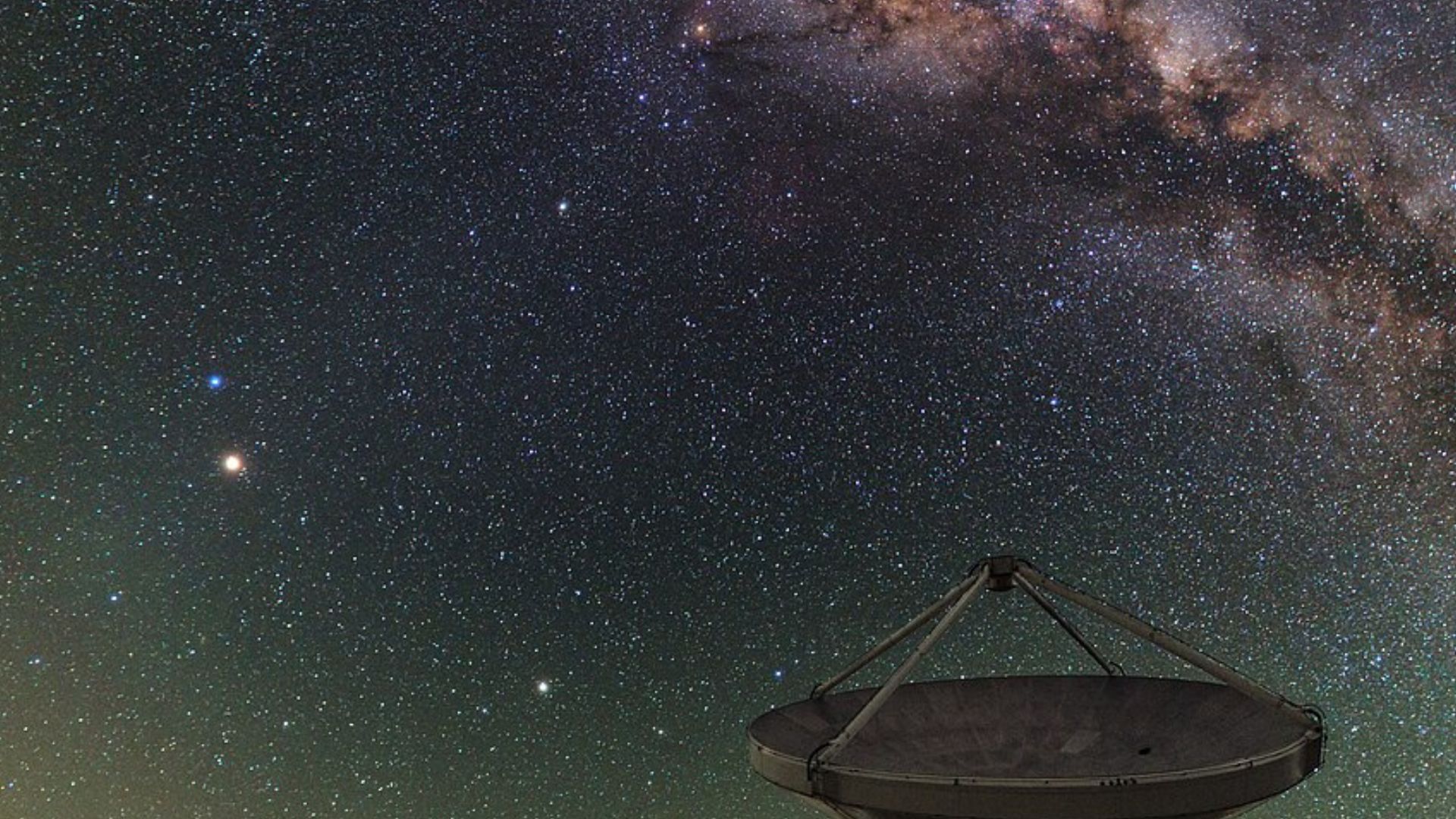
This discovery highlights the ongoing complexities and mysteries of space exploration.
As researchers continue to analyze and study this object, it remains a focal point for understanding the unknown components of our universe, promising to reshape our cosmic knowledge.
